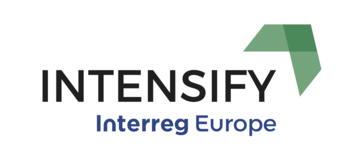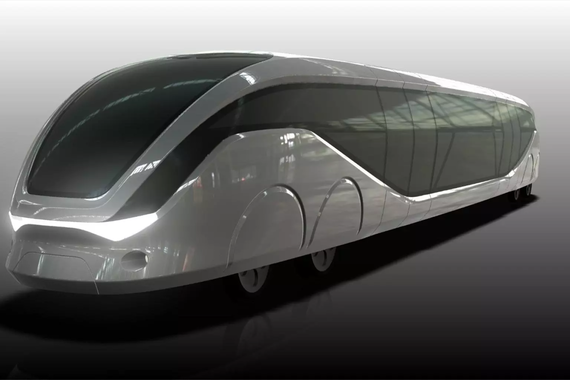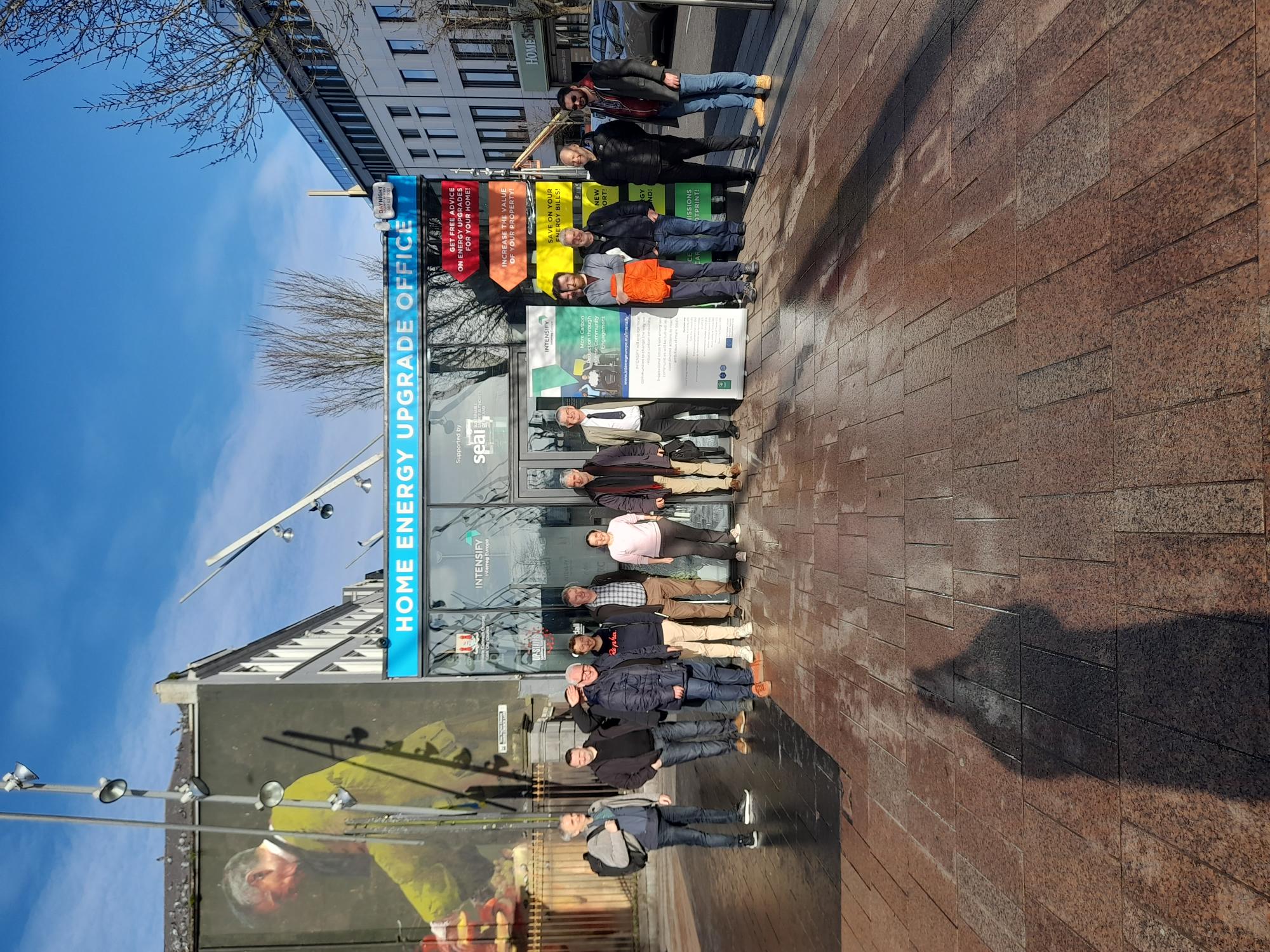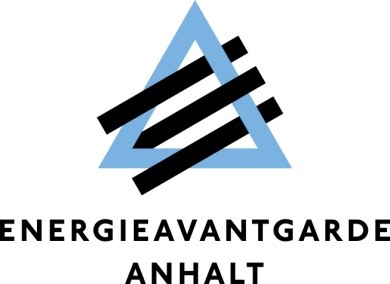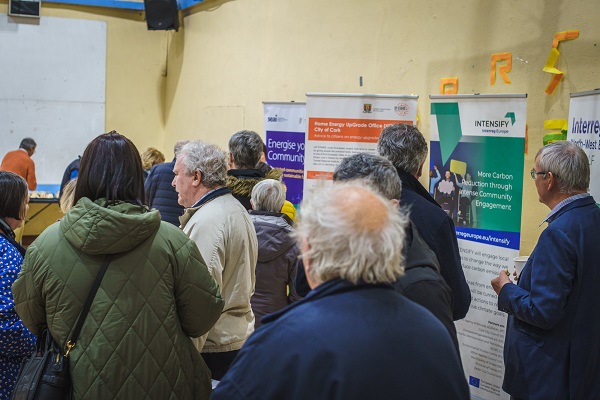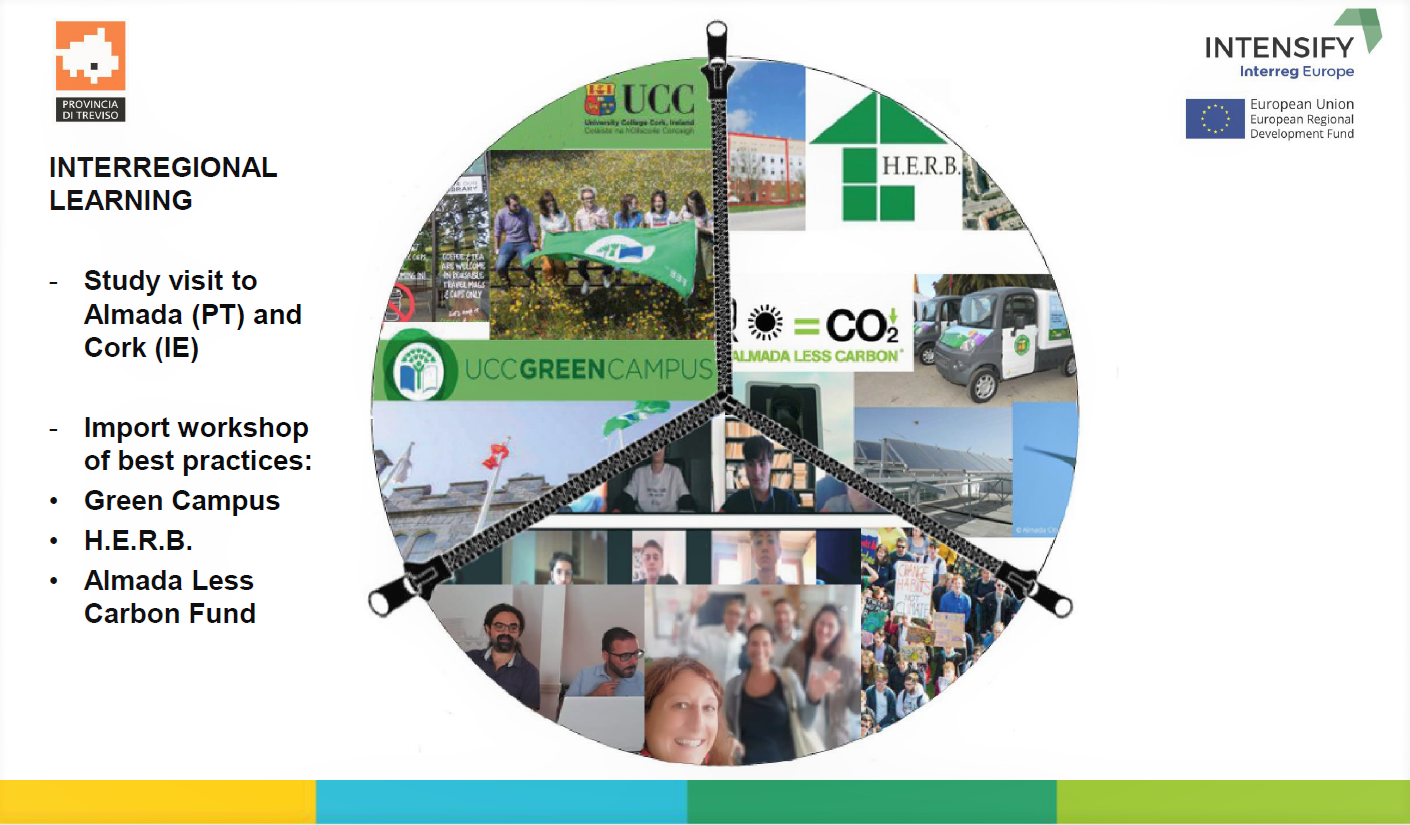Light pollution is the excessive, misdirected, or invasive use of artificial outdoor lighting. It has a negative impact on the biosphere, disturbs the migration of birds, threatens bat colonies, disturbs the nesting of turtles, and threatens many species of insects, of which many belongs to important pollinators. It also affects human health as it reduces the formation of melatonin which is essential for normal growth and development of the organism.
The EU project called OCR (The implementation of progressive environmental protection technologies and creative outdoor research) was a three-year project within the Operational Programme Slovenia - Hungary 2007-2013. The main purpose of the project was to acquire new infrastructure and partner with local communities. New built-in LED lights also had control function over lighting elements and a planned 60 % lower energy consumption for the operation of public lighting and knock-on lower CO2 emissions. The project enabled the collection of a variety of information from the environment which were then saved in the central base system (http://www.si hu.eu/).
School in nature and student exchange as part of an OCR project
The concept of the project was broader, so that outdoor research could be adapted to the target group of participants, such as primary and secondary schools and young researchers. As part of the project a multifunctional network was built, which in addition to outdoor education also offered distance education. After the new LED lights were installed in the municipalities of Starše and Zalakaroš, schools in nature and students exchange were organized. Worksheets were also prepared for school participants.
Within the school in nature, students learned about the advantages of energy-saving light bulbs and new regulation and control systems online. They were able to check for themselves how the lamps work, how we influence their energy use, they were able to adjust the brightness and the operating time. Based on real data from a system that can be accessed online, energy savings, brightness and carbon dioxide emissions were recalculated, with the help of the worksheets. We also introduced to them how much public lighting costs and the negative impact of light pollution on people and animals. Students received information materials on this topic and they were able to see the built-in lights at the field.
Interesting clips and links:
www.dailymotion.com/video/x18i8ak
darksitefinder.com/maps/world.html
http://www.ocr-project.eu/ocr-projekt.htmlhttp://www.ocr-project.eu/ocr-projekt.html
For more information please contact:
Energy Agency of Podravje, Institution for Sustainable Energy Use, Maribor, Slovenia
E-mail: [email protected]
